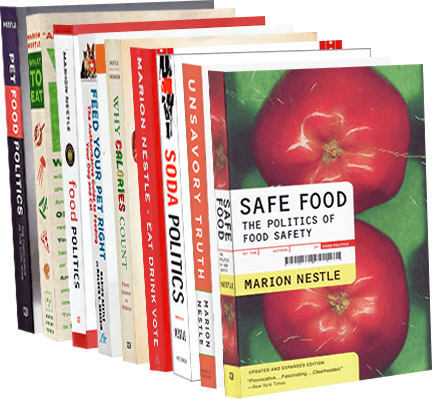The Canadian Heart Foundation pushes junk food too
Thanks to Yoni Freedhoff, a physician in Canada, for sending his blog notice about an alliance between the Canadian Heart and Stroke Foundation and Disney to market food products. Take a look at the foods the Foundation is endorsing. This reminds me of similar alliances between the American Heart Association and sugary cereals. The American Diabetes Association used too have a deal like that with Post Cereals, but stopped doing that after Jane Brody wrote about it in the New York Times (I discuss these alliances in What to Eat).

